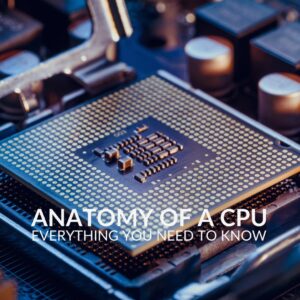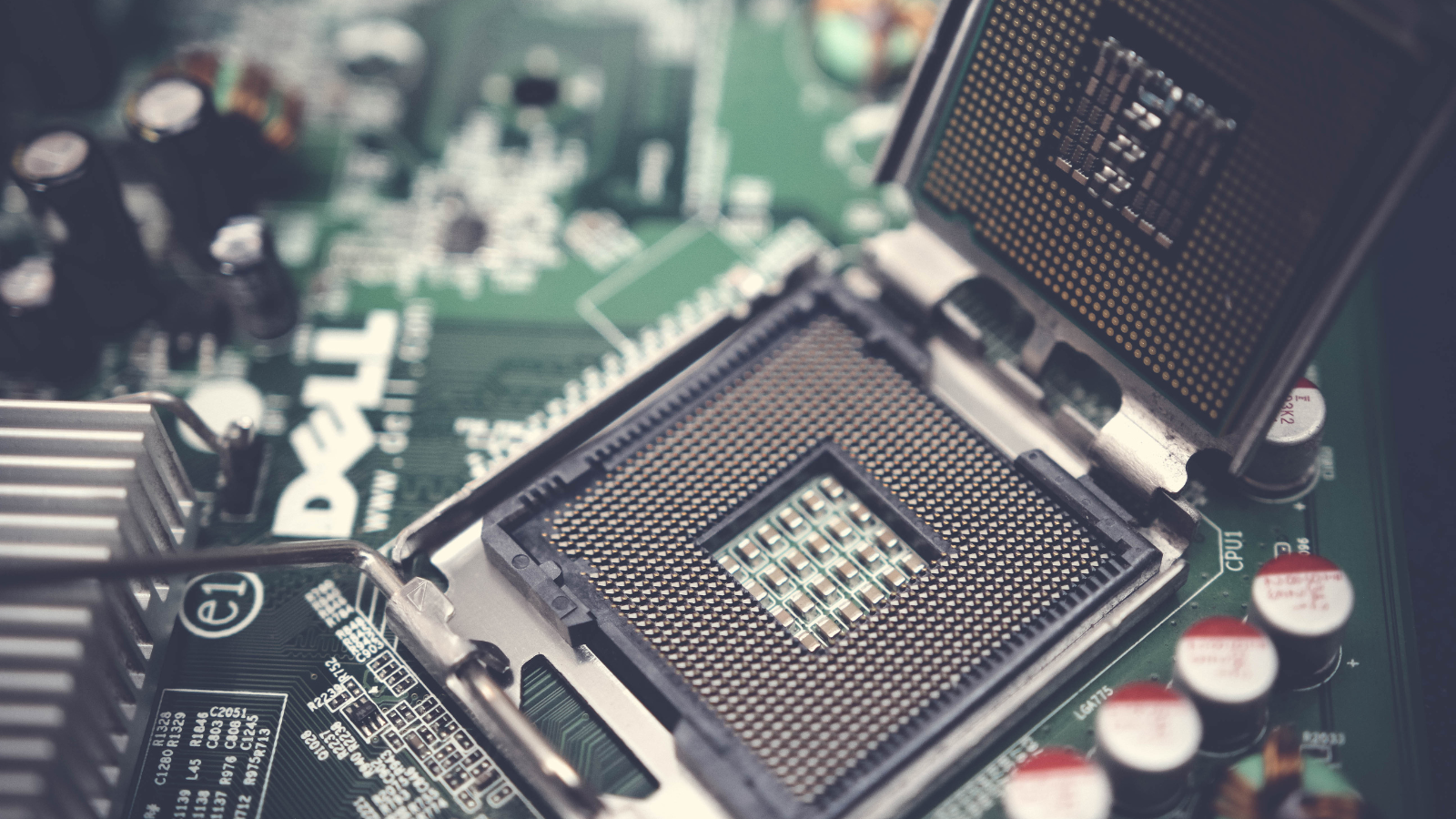Whether you are a complete beginner or a veteran PC builder who wants to touch up your hardware knowledge – look no further!
Here at Overclockers UK, we’ve created a dedicated ‘Anatomy of’ series, designed to show you what goes into all the important PC components. This blog article is all about motherboards.
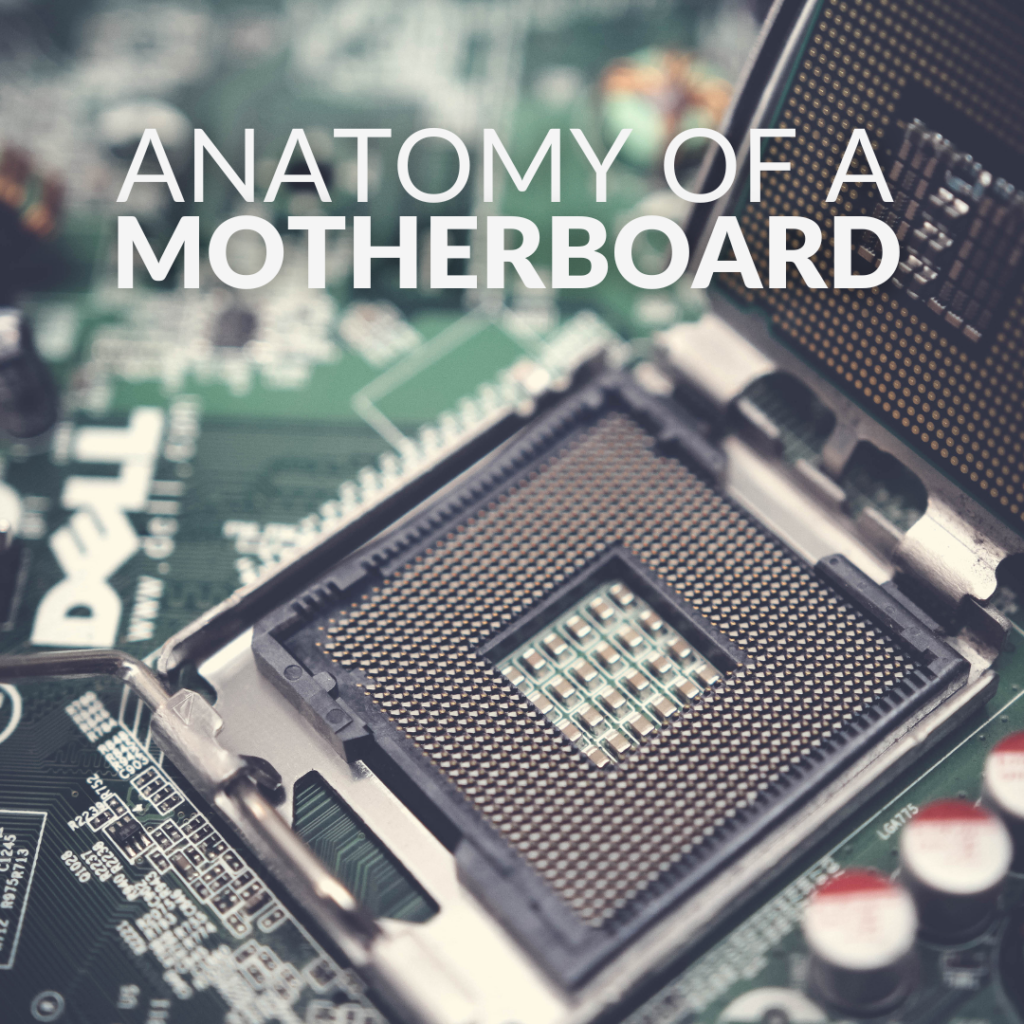
What is a Motherboard?
At the centre of any gaming PC is the motherboard. As one of the most fundamental parts of any computer, the motherboard is responsible for interfacing all of the other components in the system together.
What Size Motherboards are there?
Motherboards come in a multitude of form factors, designed to suit all of the different case sizes available.
There are four primary motherboard form factors:
- Mini-ITX
- Micro-ATX
- ATX
- E-ATX
Motherboard Components
Although motherboards have a few different form factors, they all utilise the same core components. We’ve included a complete breakdown of each of the components that feature on a motherboard.
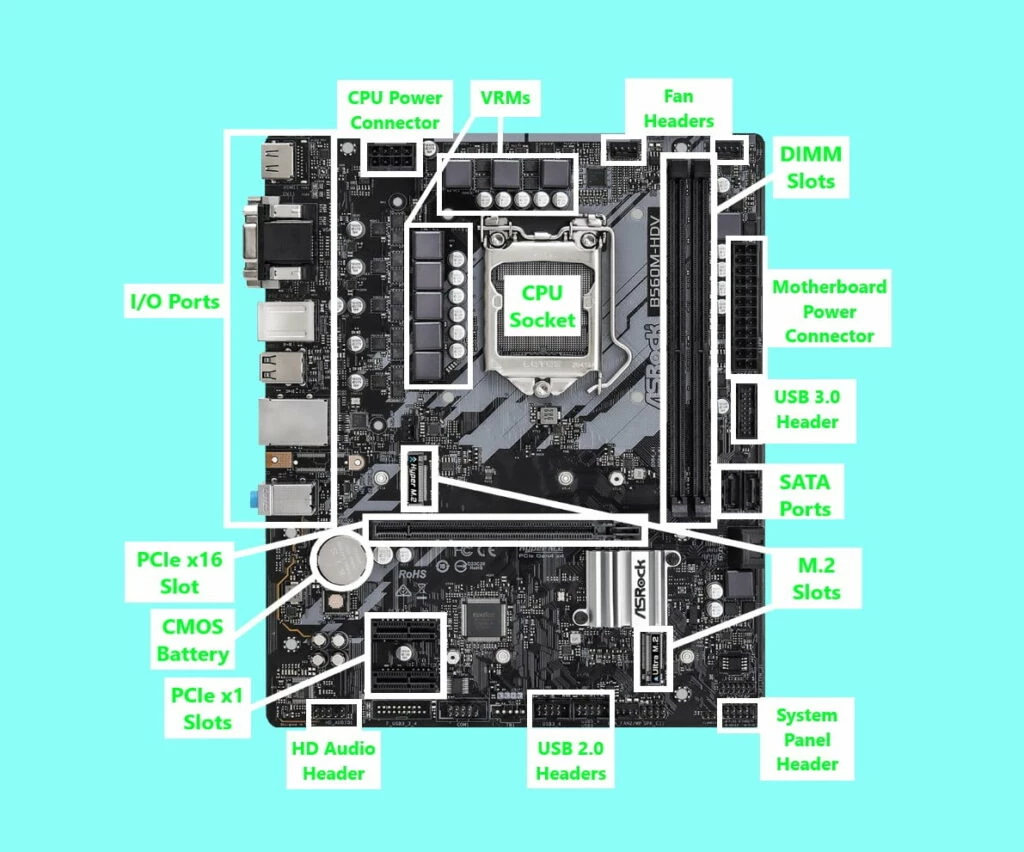
CPU Socket
Typically, at the centre of the motherboard is the CPU socket. This is where the processor is installed.
CPU Power Connector
The CPU power connector, or ATX 12v connector, supplies power from the PSU to the CPU.
Motherboard Power Connector
Without the motherboard power connector, the PSU cannot supply power to this vital component. It is typically a 24-pin connector.
VRMs
VRMs, are dedicated Voltage Regulator Modules, that transfer and regulate the flow of power to all of the components.
Fan Headers
Fan headers supply power to any case fans. The majority of motherboards will have three or more of these headers. These can either be 3- or 4-pin headers. Typically, PWM fans will need a 4-pin header, whilst DC fans will utilise the 3-pin header.
What’s more, most motherboards will also have a dedicated ‘CPU fan’ header. This is usually situated close to the CPU socket and where you connect any CPU cooler or fans.
USB Headers
Just as the name suggests, any USB devices that you wish to install in your case will need to be connected to the USB headers. This includes any that are integrated into your case. These headers are typically either USB 2.0 or USB 3.0.
DIMM Slots
DIMM is an acronym for Dual In-Line Memory Module. These are often also called the RAM or memory slots. DIMM slots are where your RAM is installed.
Most motherboards will have either two or four DIMM slots.
SATA Ports
The SATA ports are used to connect any SATA SSDs or Hard Drives.
M.2 Ports
If you are using NVMe or SATA M.2 SSDs, then you will use the M.2 Slots on the motherboard to connect these. The majority of the latest motherboards have at least two M.2 slots.
PCIe Lanes
PCIe lanes are used to connect any graphics or expansion cards to the motherboard. PCIe lanes can come in a variety of different sizes.
- PCIe x 1 (Often used for Wi-Fi or sound cards)
- PCIe x 2 (Similar to PCIe 1, this is commonly used for Wi-Fi or sound cards)
- PCIe x 4 (Can be used for some NVMe PCIe storage drivers, Wi-Fi, and sound cards)
- PCIe x 8 (Used for small form factor GPUs and some NVMe PCIe storage drivers)
- PCIe x 16 (Used primarily for graphics cards)
Some older motherboards will also come with PCI slots. They serve the same function as a PCIe lane but had notably slower bandwidth.
HD Audio Header
The HD Audio header is used to connect any peripherals that you have plugged into your case, such as your headset or microphone.
System Panel Header
The System Panel header is where all of the other cables for your case are connected, such as the power switch, LEDs, and reset button.
I/O Ports
The I/O ports are built into the side of the motherboard. Here, you can connect a multitude of different peripherals and accessories to your motherboard.
The I/O port usually features:
- USB ports
- Ethernet port
- Audio jacks
- Display ports
Intel vs AMD Motherboards
Intel and AMD motherboards are not quite the same.
An AMD motherboard will only work with an AMD CPU, and vice versa. What’s more, these two types of motherboards use different types of CPU sockets. For example, Intel primarily uses an LGA, or Land Grid Array, whereas AMD generally uses a PGA, Pin Grid Array. However, the upcoming AMD Ryzen 7000 series actually utilises an LGA socket.
An LGA socket has pins on the motherboard socket, whilst a PGA socket has pins on the CPU itself.
ASUS ROG Maximus XIII Extreme DDR4 E-ATX Motherboard:
- E-ATX
- LGA 1700 socket
- Supports DDR4 RAM
- PCIe 4.0
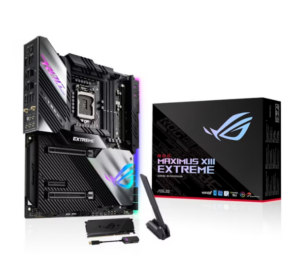
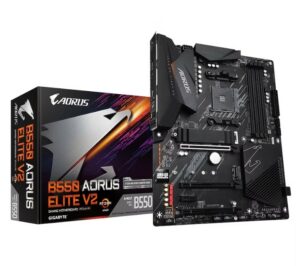
Gigabyte B550 AORUS Elite V2 AMD AM4 ATX Motherboard:
- ATX motherboard
- AM4 socket
- AMD B550 chipset
- Supports DDR4 memory
- Compatible with PCIe 4.0
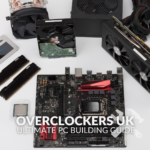
Building your own gaming PC can be a daunting task. That’s why we’ve put together the Overclockers UK Ultimate PC Building Guide.
Read More in Our ‘Anatomy Of’ Series
Graphics Card
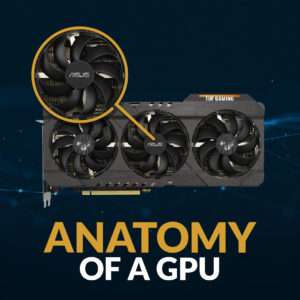
Power Supply

CPU
